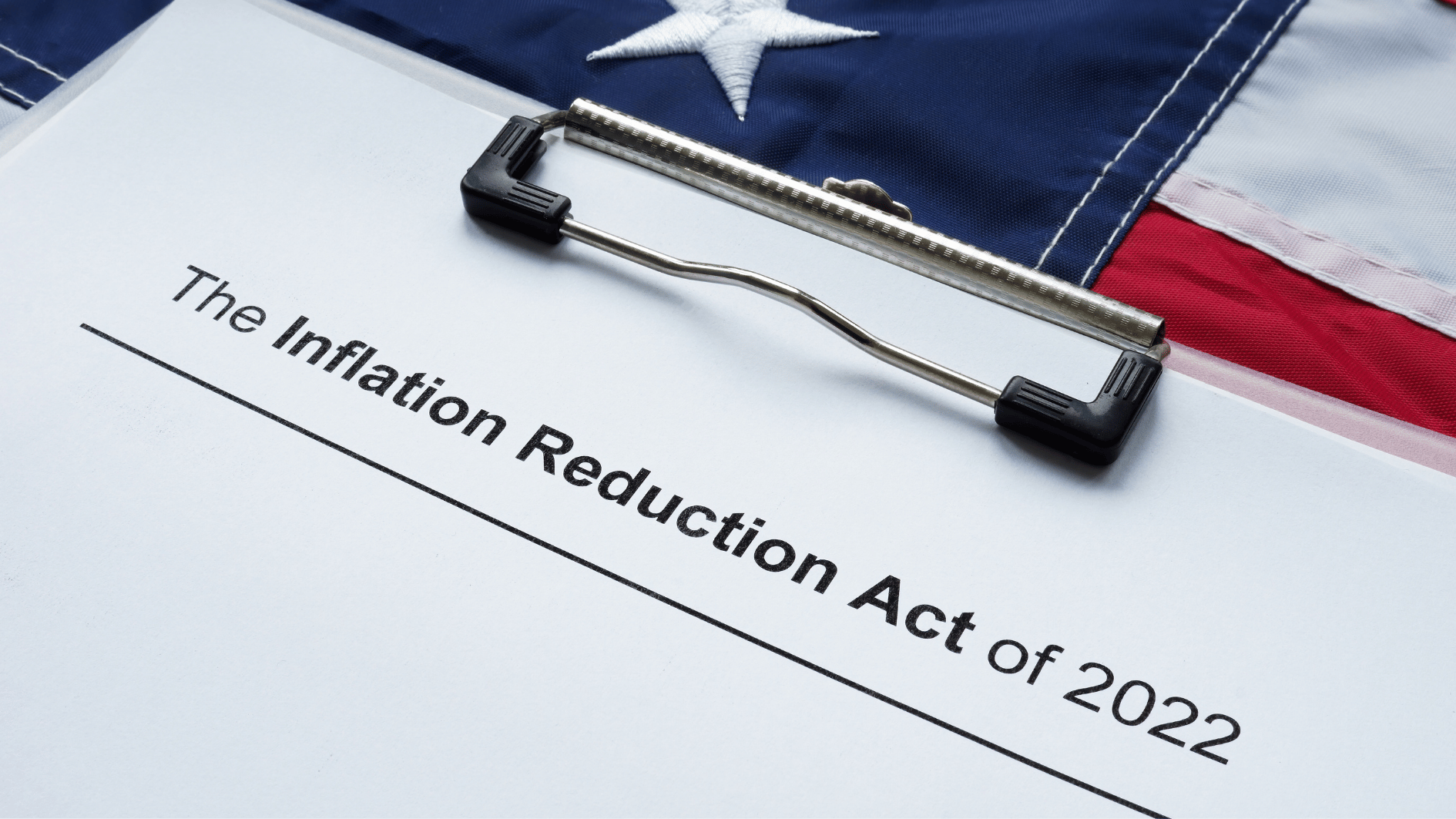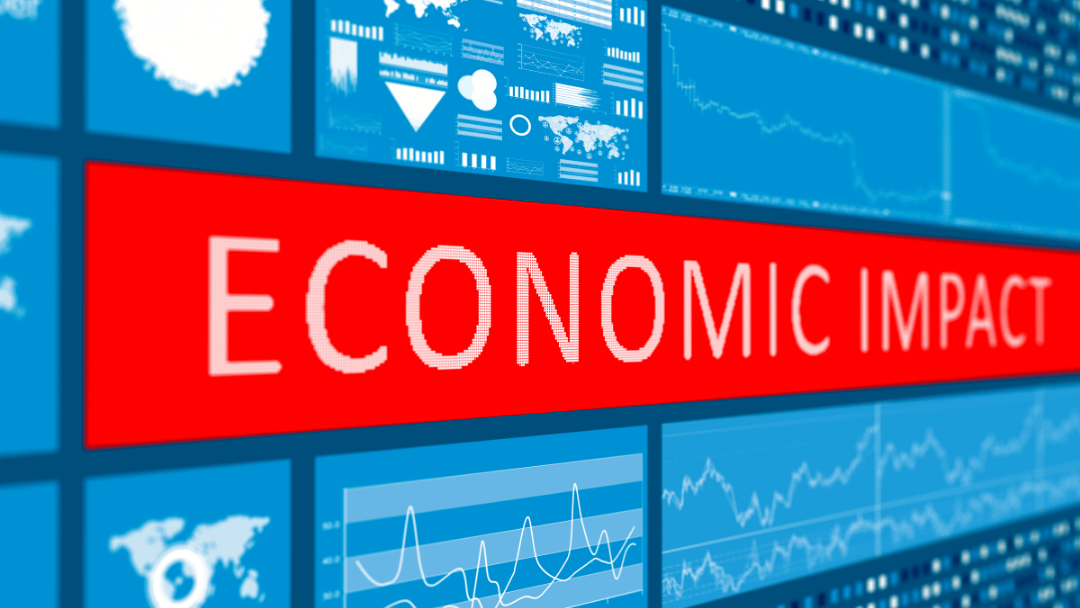Image source: Canva.com
The Greenhouse Gas Reduction Fund (GGRF) is a landmark initiative in the United States that aims to reduce greenhouse gas (GHG) emissions, stimulate green economic growth, and expand access to clean energy across the country. Funded by the Inflation Reduction Act of 2022 (IRA), this $27 billion program represents a significant step towards addressing climate change and building a more sustainable future.

Inflation Reduction Act: Key Solar Energy and Energy Storage Provisions
The Purpose of the GGRF
The primary goal of the GGRF is to accelerate the deployment of clean energy technologies and projects that directly reduce greenhouse gas emissions. By providing funding, the program aims to bridge financing gaps and expand investment in key sectors like renewable energy, energy efficiency, and low-emission technologies. It’s structured to focus not only on environmental outcomes but also on economic and social equity, ensuring that the benefits of the clean energy transition reach underserved communities.
Key Components of the GGRF
The Greenhouse Gas Reduction Fund is designed with three primary grant programs:

The National Clean Investment Fund ($14 billion)
This program focuses on providing capital to established green banks and other financial institutions that invest in clean energy projects. The goal is to mobilize public and private investments to deploy clean energy solutions nationwide, promoting economic growth and job creation in green sectors. This includes projects like renewable energy installations, electric vehicle infrastructure, and energy-efficient building upgrades.
The Clean Communities Investment Accelerator ($6 billion)
This program supports the establishment and expansion of community-based green banks, which provide clean energy financing options in under-resourced areas. These green banks focus on projects that improve environmental quality, lower energy costs, and enhance access to clean energy for low-income and historically marginalized communities.
The Greenhouse Gas Reduction Grants Program ($7 billion)
This program emphasizes enabling communities to directly access clean energy benefits by funding distributed energy resources, like rooftop solar, energy storage systems, and home electrification projects. It aims to facilitate more local ownership and control over energy resources, particularly in low-income neighborhoods and rural areas.
Who Benefits from the GGRF?
One of the most notable aspects of the GGRF is its commitment to advancing environmental justice. A significant portion of the funding is directed toward projects in low-income communities and communities disproportionately affected by pollution. This helps create more equitable access to clean energy technologies while reducing energy costs and improving air quality for those most impacted by climate change and industrial emissions.
Additionally, the GGRF’s emphasis on green banking and local investment helps democratize financing for clean energy projects. Community-based green banks act as trusted intermediaries, helping residents and small businesses navigate financing options and reducing barriers to adopting sustainable technologies.
The Economic Impact

The GGRF is not just about reducing emissions; it also aims to stimulate economic growth by creating new job opportunities in the clean energy sector. By making capital more accessible to green projects, the fund helps create demand for skilled workers in solar panel installation, energy auditing, electric vehicle maintenance, and green construction, among other roles. This workforce expansion is critical to building a sustainable and resilient clean energy economy.
How the GGRF Fits into U.S. Climate Goals
The Greenhouse Gas Reduction Fund aligns with the broader objectives of the Inflation Reduction Act, which aims to cut U.S. greenhouse gas emissions by about 40% by 2030. As part of this strategy, the GGRF’s funding will contribute to building a cleaner, more sustainable, and inclusive economy by:
Decarbonizing the power sector
Supporting renewable energy projects that replace fossil fuel-based generation.
Electrifying transportation
Expanding infrastructure for electric vehicles to reduce reliance on gas-powered transportation.
Improving energy efficiency
Investing in retrofitting buildings and upgrading energy infrastructure to decrease overall energy consumption.

The Greenhouse Gas Reduction Fund stands as a powerful tool in the U.S. government’s efforts to combat climate change, reduce greenhouse gas emissions, and ensure equitable access to clean energy resources. By prioritizing investment in underserved communities and green banking initiatives, the GGRF is poised to play a critical role in reshaping the nation’s energy landscape and building a cleaner, more sustainable future.
As the program rolls out, its success will be measured not only by its ability to cut emissions but also by its impact on local communities, the creation of green jobs, and its contribution to achieving national climate goals. With the GGRF, the U.S. is setting a clear path toward a greener, more equitable, and resilient energy future.





